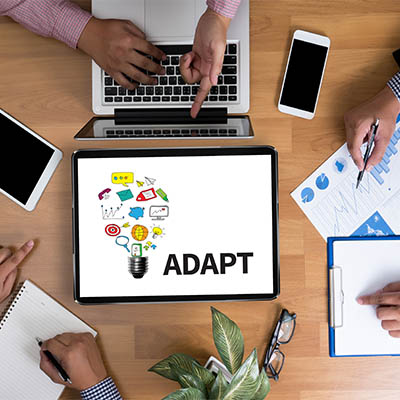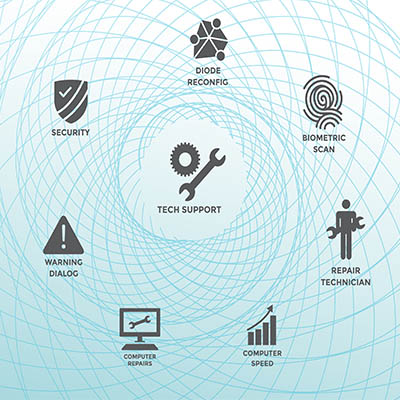Recently, artificial intelligence has become a widely discussed topic among businesses of all sizes. According to a Forbes survey, 97 percent of respondents see potential benefits in incorporating AI into their operations. Despite its pervasive integration into modern life, however, it’s crucial to recognize that AI is a human creation and, as such, is susceptible to bias.
When you start to look at AI bias, it’s important to understand that AI is essentially an elaborate algorithm that relies on the presence of vast amounts of data. While the equation is intricate and the referenced data stores are massive, the simplicity of AI lies in its dependency on accurate and unbiased data for effectiveness.
Regrettably, the data used in AI can easily be tainted by the biases of those collecting it. Any issues within the data will be exacerbated by the AI model, amplifying incorrect or biased information. Algorithmic bias further compounds the problem, as algorithms may be written to favor certain factors, leading to biased conclusions.
There are many times that the individuals selecting data for algorithms may also bring their own preconceptions and biases into play, resulting in a range of familiar -isms.
AI bias manifests itself in various ways, including:
- Ableism – AI misrepresents the diverse population experiencing disabilities, perpetuating negative stereotypes and hindering accessibility.
- Ageism – Bias against different age groups can lead to incorrect assumptions and inappropriate services based on health history or voice recognition challenges.
- Racism – AI biases have led to misidentifications, illegal surveillance, and false arrests, affecting employment opportunities and even responses to distress calls based on racial identifiers.
- Sexism – Gender norms in data sourcing impact healthcare applications, safety features, and even the default gender assigned to smart assistants, prompting a call for more gender-neutral AI.
Addressing AI Bias
This requires quite a bit of vigilance, especially from businesses that insist on developing their own AI models. They must adhere to standards to minimize bias in algorithms, ensuring that data used is contextually relevant, accurate, and aligned with AI’s end goals. Overhauling development processes, scrutinizing algorithms, promoting diverse data collection, and involving diverse groups in AI platform development are crucial steps.
While small businesses and individual users may have limited control, examining data collection and security practices is always prudent. Seeking professional assistance can help identify and resolve any issues in data organization and protection that you may encounter in the course of doing business. For more information, contact us at 978-798-6805.







